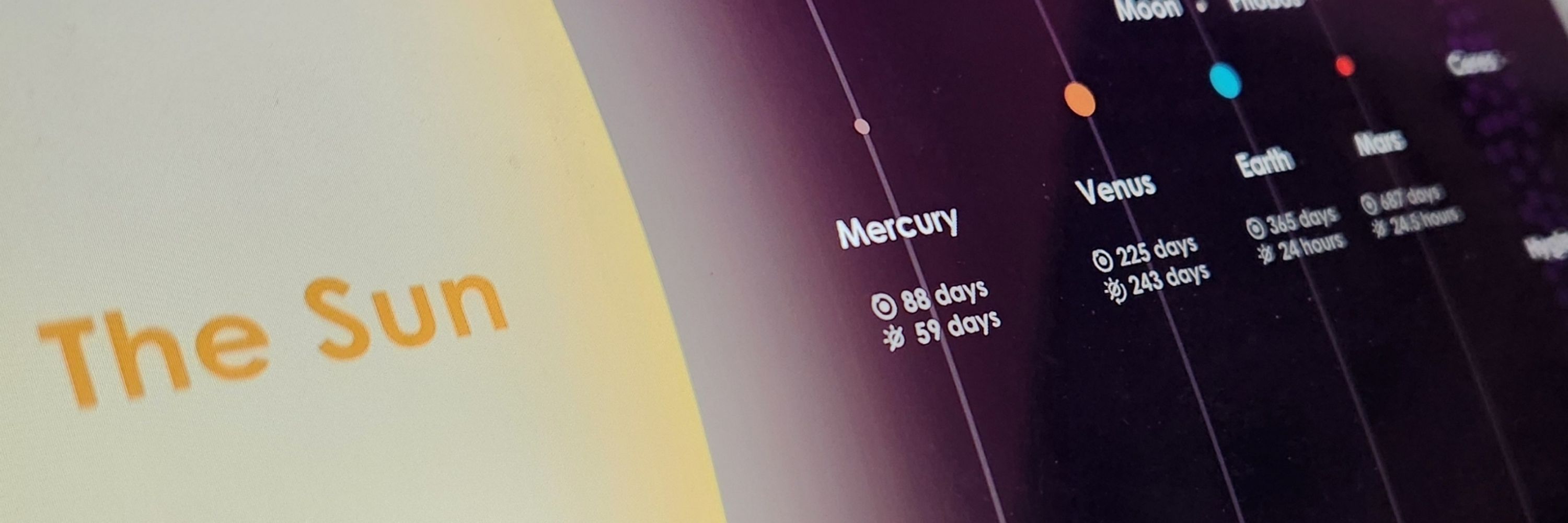
Explore our stellar neighborhood in 3D: https://starcarta.app
✨ New:
- Star focus
Stars in multiple systems can be far apart making it difficult to zoom in. Now by clicking on a Star’s name, you can zoom in on that star and its planets. Clicking the Star’s name again toggles you back to the the System.
#space #astronomy #indiedev
✨ New:
- Star focus
Stars in multiple systems can be far apart making it difficult to zoom in. Now by clicking on a Star’s name, you can zoom in on that star and its planets. Clicking the Star’s name again toggles you back to the the System.
#space #astronomy #indiedev
Orbits can be hard to compare. Toggle a dotted circle at Earth’s orbit (1 AU) around stars to make comparisons easier. Helps show scale since stars give few clues about size. (4/4) Try it out at starcarta.app
Orbits can be hard to compare. Toggle a dotted circle at Earth’s orbit (1 AU) around stars to make comparisons easier. Helps show scale since stars give few clues about size. (4/4) Try it out at starcarta.app
Click a Tag to highlight all Star Systems linked to it, then click a System name to travel there. Get a good perspective of the set in 3D space around us. (3/4)
Click a Tag to highlight all Star Systems linked to it, then click a System name to travel there. Get a good perspective of the set in 3D space around us. (3/4)
Add a tag to any star system to categorize it by feature (Gas Planets, Rings), multiplicity (Binary, Triple), or movie franchise (Alien, Star Trek, Dune). Anything you like! (2/4)
Add a tag to any star system to categorize it by feature (Gas Planets, Rings), multiplicity (Binary, Triple), or movie franchise (Alien, Star Trek, Dune). Anything you like! (2/4)
starcarta.app/o/B
starcarta.app/o/B

